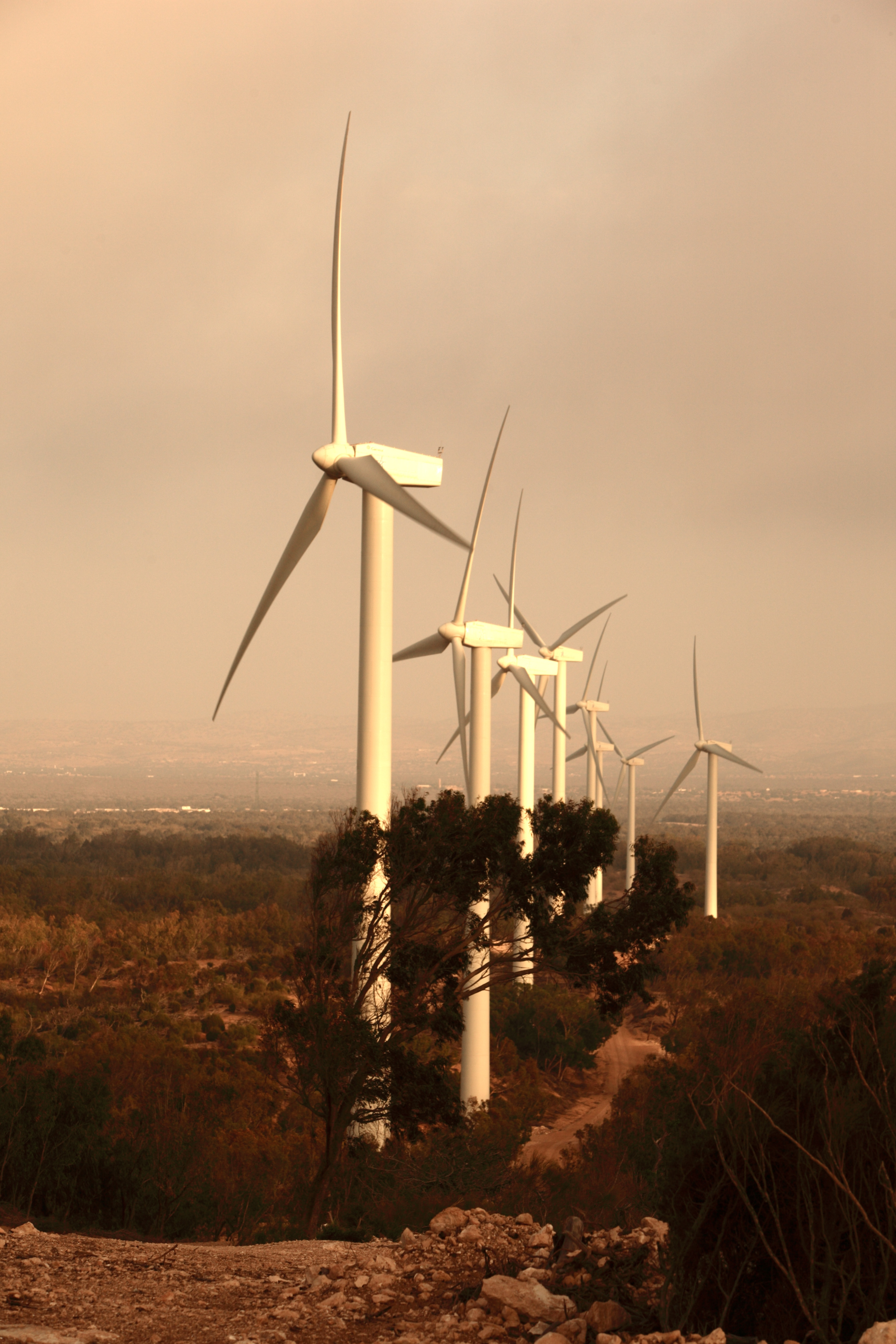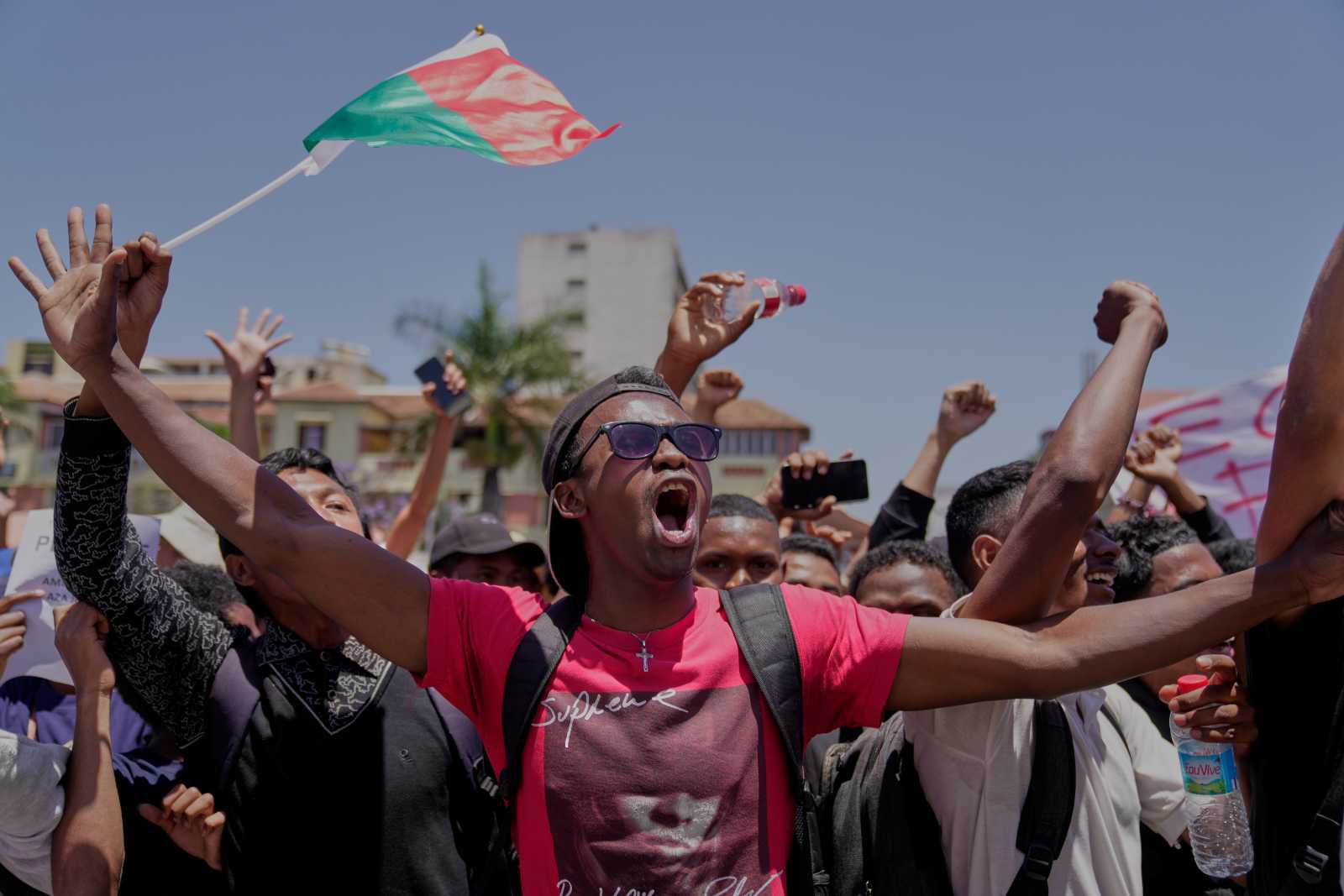Global environment
The climate crisis is escalating fast

The IPCC is the international institution that monitors climate change on behalf of the world’s governments, and it is currently publishing its sixth global Assessment Report. The part on adaptation was released in February and the one on mitigation in April.
The scenario is bleak. António Guterres’, the UN secretary general, comment was: “We are on a pathway to global warming of more than double the 1.5-degree Celsius limit.” That limit was agreed at the Climate Summit in Paris in 2015.
Adaptation
The IPCC adaptation document of February states that climate change is causing irreversible damage, affecting nature and human societies. Hazards are inevitably increasing as average temperatures rise. The dangers include natural disasters due to extreme-weather events, but also the slow-onset loss of livelihoods, for example, when shifts in seasonal patterns disrupt agriculture. Experience shows that low-income countries are affected in particular, but high-income countries are increasingly feeling the pain as well (see Saleemul Huq on www.dandc.eu).
According to the IPCC’s adaptation paper, food and water security is deteriorating for marginalised communities in many developing countries. Moreover, diet diversity is decreasing and malnutrition becoming more common, especially among indigenous peoples, small-scale food producers and low-income households. Children, elderly people and pregnant women are said to be at risk in particular.
The publication also points out that cities are increasingly affected by heat waves, which compound air pollution. Again, marginalised communities suffer in particular. Informal settlements are growing fast, not least due to migration from poor rural areas.
The scientists state that precious eco-systems are reaching “hard limits”. In other words, some rainforests, coastal wetlands, coral reefs or mountain ranges can no longer adapt. Even some areas that are officially protected for nature conservation are no longer considered to be safe. According to the IPCC, only 15 % of the land and eight percent of the oceans are protected, and stewardship is often insufficient.
Health hazards
The scholars now also see negative impacts on human health. Hotter temperatures facilitate the spread of vector-borne diseases like dengue and malaria, for example. They also exacerbate cardiovascular and respiratory distress. Worrisome interactions with unhealthy lifestyles and exposure to pollution matter too.
The authors acknowledge that public awareness has been growing and that governments are increasingly taking action. However, they warn that climate impacts are increasing fast and outpacing the measures adopted. The scholars insist that “transformational” adaptation is needed in the long run. In other words, ways of life must be reconsidered. In regard to short-term solutions, the authors point out two things: They are likely to become less effective as temperatures keep rising and, so far, they are unequally distributed, with disadvantaged groups being protected least.
Avoiding “maladaptation” is important too, moreover. The IPCC uses this is term for measures that are supposed to cushion climate impacts, but actually increase climate risks elsewhere. Again, disadvantaged groups tend to be affected worst. The adaptation report thus recommends integrated, multi-sectoral solutions that address social inequities and are tailored to fit the local needs (see Hans Dembowski on www.dandc.eu).
Action is urgent. The scholars state that they have “unequivocal” scientific evidence of climate change threatening both “human well-being and planetary health”. At the same time, they only see a “brief and rapidly closing opportunity” for securing “a liveable and sustainable future for all”.
Mitigation
The implication is that unless humanity reduces greenhouse-gas emissions dramatically, climate adaption will prove impossible. Unfortunately, the international community is not on track towards limiting global warming to 1.5 degrees Celsius above preindustrial levels (see Hans Dembowski on www.dandc.eu). To stabilise the eco-systems on which human life depends, it is essential to stay within it.
According to the IPCC’s mitigation document, which was launched in early April, the world is currently on track for a temperature rise of more than three degree by the end of the century. The mitigation report states the 1.5 degree limit will almost certainly be breached, but expresses the hope that this may only happen temporarily. It assumes that carbon capture and storage will be necessary to reduce the concentration of carbon-dioxide in the atmosphere. Indeed, the IPPC now points out that this largely untested and potentially risky technology is necessary.
The IPCC publication spells out what else must be done to rise to the challenges. The scientists state that global emissions must peak before 2025 and be reduced by 43 % by 2030. Net-zero emissions must be reality by 2050. Coal must be phased out and additional fossil-fuel infrastructure must not be built, even though it is being planned. So far, investment in a low-carbon world are only one sixth of what is needed, the scientists estimate.
For the first time, this kind of IPCC publication includes a separate chapter on the social aspects of reducing emissions. Human behaviour, cultures and lifestyle choices matter. What we eat, how we travel and what we buy has an impact. Quite obviously, the impacts are greatest where emissions are highest. What happens in high-income countries is especially important therefore.
Not all news is bad. The scholars report that global greenhouse-gas emissions have been increasing more slowly in the years 2010 to 2019 than they did in the past. Moreover, renewables technology has become much cheaper. However, emissions have still not peaked and have reached the highest levels in history.
Given that the IPCC report is based on data collected from 2014 to 2019, the reality could be worse than described. Recent events are worrisome. In Antarctica, the Conger Ice Shelf collapsed this year – it was a large sheet of ice similar in size to the area of Los Angeles. The war in Ukraine, of course, is causing massive emissions which obviously do not figure in the report. In the longer run, however, it “might conceivably speed up a green transition as western markets cut off Russian fossil fuels”, as the London-based Financial Times has argued in an editorial.
Germany’s centre-left newspaper Tageszeitung, however, warns that, once the 1.5 limit is breached, it may be impossible to return below it. The risk is that we will reach tipping points which accelerate global heating. For example, thawing permafrost could release methane, a powerful greenhouse-gas, into the atmosphere.
Roli Mahajan is a freelance Journalist based in Lucknow, India.
roli.mahajan@gmail.com













